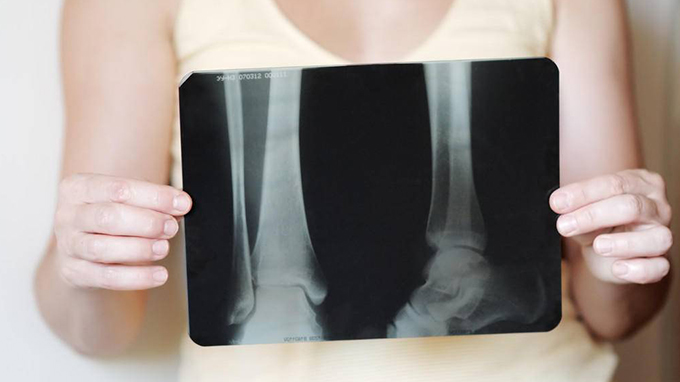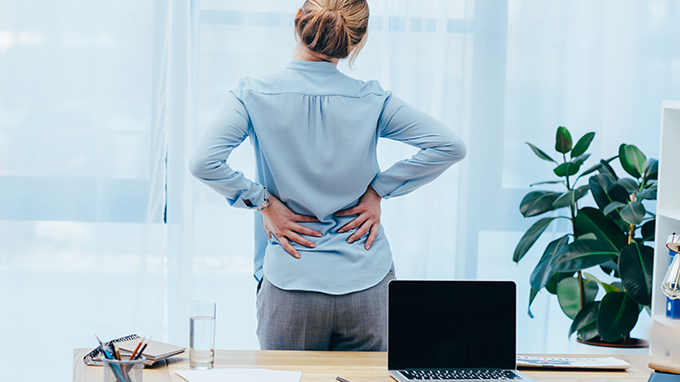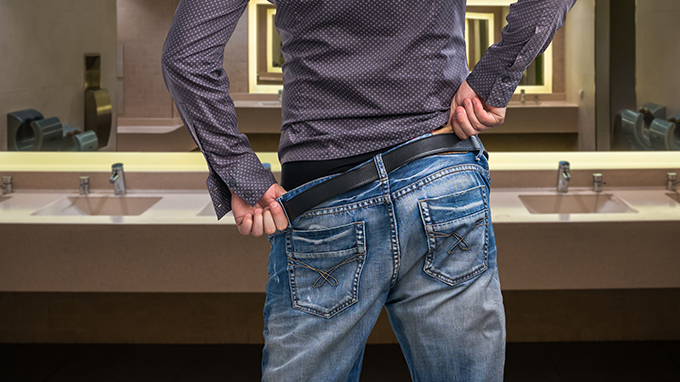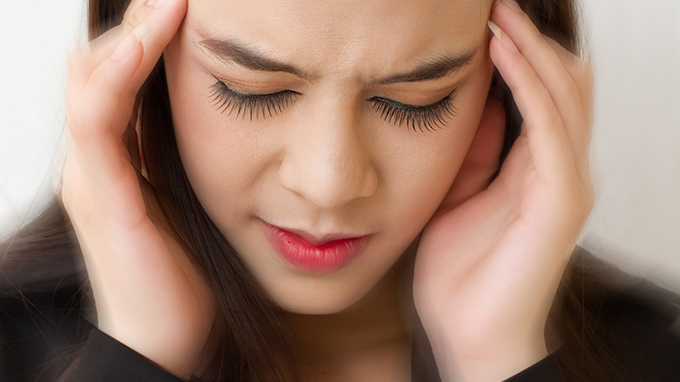Understanding post-menopausal osteoporosis
A few days ago, an elderly woman was admitted to the ward. The patient had a hip fracture because of a fracture. Not long ago, he had surgery to fix the internal fixation screw. This time he broke the other hip fracture. . "At the age of age, why are the bones so loose?"-This is already the question I have faced thousands of patients.

In orthopedics clinic, many elderly women All suffer from osteoporosis of different degrees, and patients are asking: "How did I get this disease?" Some less professional answers always say: "You are old, and aging leads to osteoporosis. …"In fact, this answer is not accurate, because the formation of osteoporosis in different patients involves treatment options, so today I will specifically talk about post-menopausal osteoporosis.
Osteoporosis is a systemic bone disease characterized by reduced bone mass and destruction of bone microstructure, which leads to increased bone fragility and increased fracture risk. Osteoporosis is mainly divided into primary osteoporosis and secondary osteoporosis clinically. Among them, primary osteoporosis is further divided into postmenopausal osteoporosis and senile osteoporosis.
Classification of osteoporosis
1, primary osteoporosis:
Type I (post-menopausal) bone Osteoporosis: In women 10 to 20 years after menopause, lack of estrogen is the main cause.
Type II (senile) osteoporosis: men and women over 70 years old, with age increasing as the main cause.
2. Secondary osteoporosis: Caused by various diseases, drugs or other factors.
It is worth noting that the treatment of postmenopausal osteoporosis is not just as simple as the supplementation of estrogen. It is only possible for specialists to adopt personalized treatment according to each patient’s own characteristics. Effective treatment and prevention of fractures.
Related Articles

- New treatment methods for spinal surgery
- There are often some elderly people in the clinic. Due to osteoporosis, fractures can occur due to small external forces. Especially osteoporotic spine compression fractures, this disease
- 2020-08-03

- Beware of the cold in the hot summer
- The title of this article may be surprising-since it is a hot summer, it is too late to get cold, how to get cold. In fact, in the hot summer, there are many patients in the orthopedic cli
- 2020-08-03

- How to protect the lumbar spine
- Our lumbar spine is very important to us, the first is to play a supporting role for our entire body, so that we can move freely. So how should we protect the lumbar spine in daily life? Th
- 2020-08-03

- Improve your bones before it starts to hurt
- Low back pain may be because of the posture of the body. Many people''s inexplicable back pain actually comes from incorrect posture.
- 2020-08-03

- What should I do if the old man falls
- It is winter, and it is inevitable that you will encounter a passerby falling, especially the elderly who accidentally fall, and you need some precautions when reaching out for help.
- 2020-08-03

- How to prevent osteoporosis scientific exercise
- Although exercise, calcium supplementation, and active vitamin D are complementary in the early prevention of osteoporosis, the important position of exercise should be emphasized, that is,
- 2020-08-03
